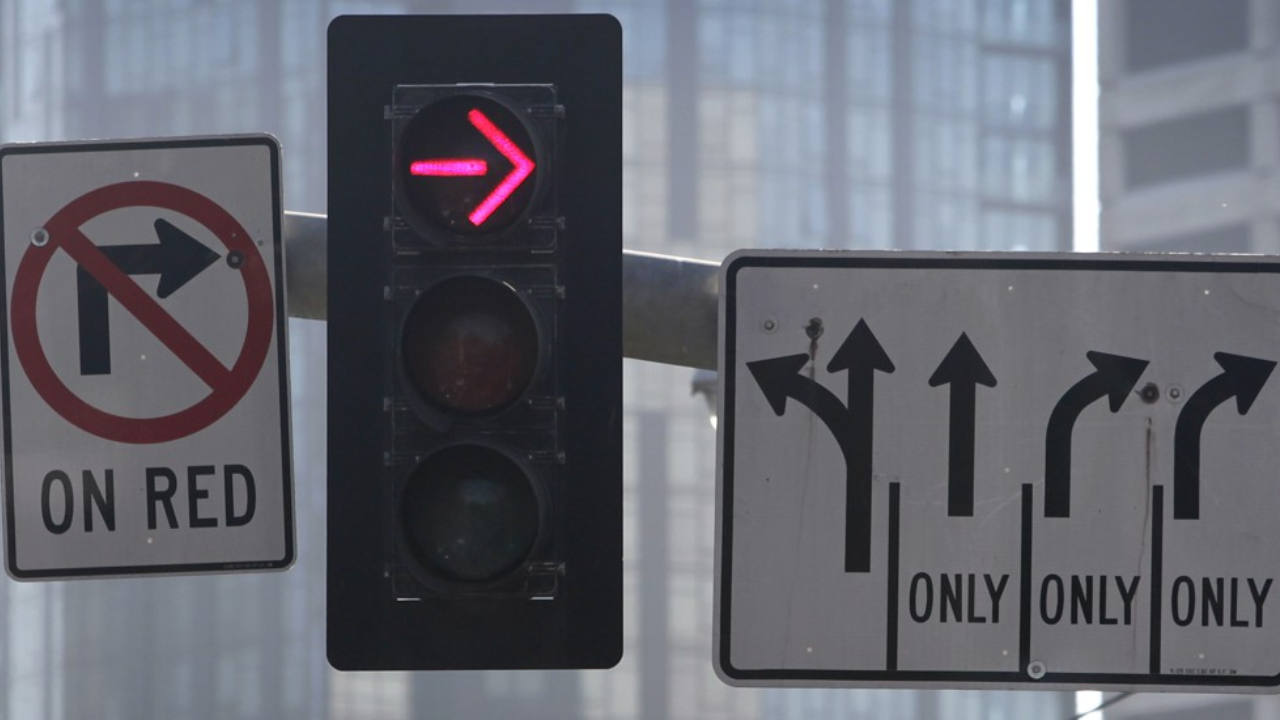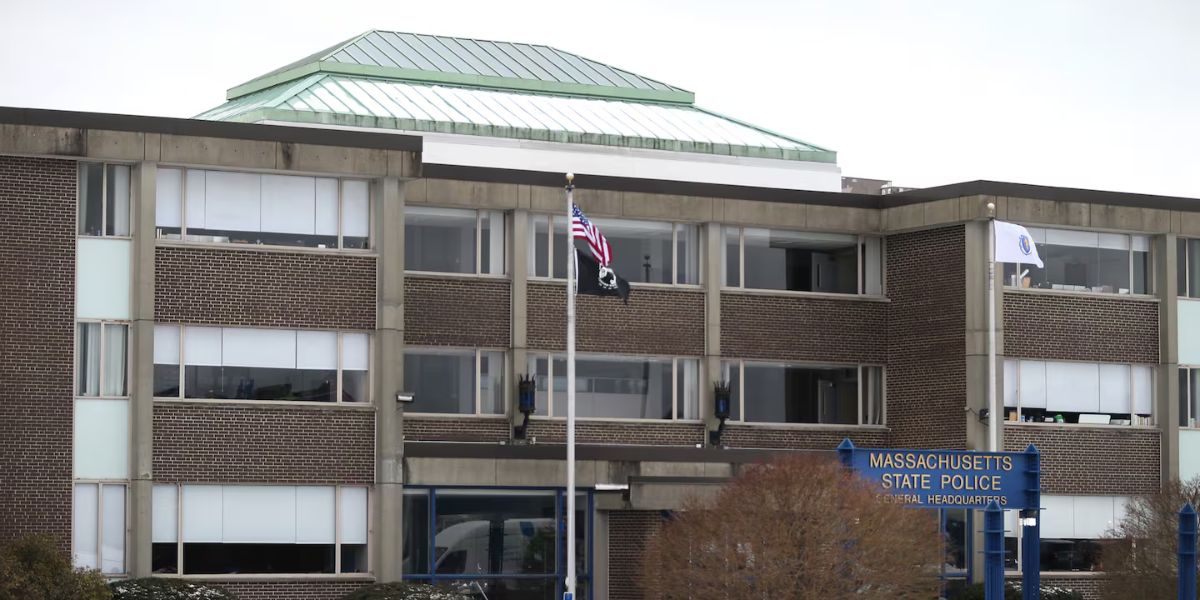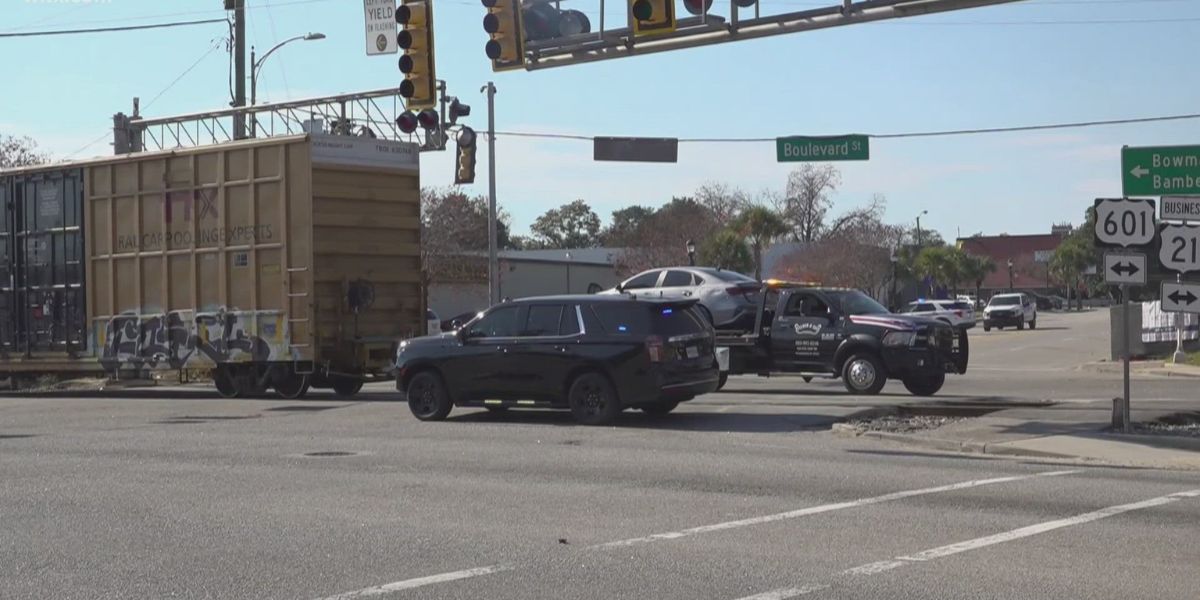A new study has raised questions about whether banning right turns on red lights helps improve road safety. Many cities across the United States have rules that stop drivers from turning right when the traffic light is red.
These bans are often put in place to reduce accidents and protect pedestrians. But now, researchers say the benefits of these bans may not be as clear as we thought.
For years, the idea behind banning right turns on red was simple: when cars stop completely at red lights, it gives more time for people crossing the street to do so safely. It also was believed to reduce crashes at busy intersections.
But the recent study looked closely at crash data from many cities before and after these bans were introduced. The results showed mixed effects.
In some places, crashes did go down after banning right turns on red. But in others, there was little to no change. Even more surprisingly, a few cities saw an increase in certain types of crashes, such as rear-end collisions.
Experts think this may happen because when drivers are forced to stop longer at red lights, it can cause sudden braking and stop-and-go traffic, which sometimes leads to accidents.
The study also pointed out that drivers sometimes get confused by right turn bans. When signs are not clear or not placed well, some drivers ignore the rules or hesitate at the intersection. This hesitation can cause delays and unexpected moves that other drivers may not expect, increasing the risk of crashes.
Another important factor is pedestrian behavior. In busy areas, pedestrians sometimes expect cars to stop at a red light, but if drivers are unsure about the rules, it can lead to risky situations.
Some pedestrians become more cautious, but others may step into the street assuming cars will wait, which is not always true.
City planners and traffic safety officials are now thinking about new ways to make intersections safer without relying only on bans.
Some suggest improving the timing of traffic lights, better crosswalk designs, and clearer signage. Technology could also play a role, such as sensors that detect pedestrians and adjust signals accordingly.
While right turns on red bans are still common, this new research shows that they may not be a one-size-fits-all solution.
Cities need to consider local traffic conditions, driver habits, and pedestrian patterns before deciding to implement or remove these bans. Safety is important, but so is traffic flow and driver understanding of the rules.
The study encourages more research to find smart, balanced solutions that protect everyone on the road. Drivers, pedestrians, and city officials all have a part to play in making streets safer and easier to use.
Disclaimer- Our team has thoroughly fact-checked this article to ensure its accuracy and maintain its credibility. We are committed to providing honest and reliable content for our readers.






